Description
Familiarity with treatment
Liquid rhinoplasty, also known as a non-surgical nose job or non-surgical rhinoplasty, is a procedure that involves using injectable fillers to enhance the appearance of the nose without the need for surgery. While it is important to note that the information provided is based on the search results and should not be considered as medical advice, here is a general overview of the procedure:
Procedure: During a liquid rhinoplasty, a qualified plastic surgeon or specialist injects fillers, typically hyaluronic acid (HA) fillers, into specific areas of the nose to address concerns such as a dorsal hump (small bump), a drooping nasal tip, or asymmetry. The fillers are strategically placed to improve the contours and reshape the nose.
Duration: The procedure typically takes around 15 minutes to complete. However, if a numbing agent is applied before the injections, it may take an additional 10 to 15 minutes for the numbing to take effect.
Safety: Liquid rhinoplasty, when performed by a highly specialized and experienced specialist, is considered safe. Both medical-grade silicone and temporary fillers used in the procedure are FDA-approved. However, it is crucial to choose a qualified and skilled practitioner to minimize the risks and ensure optimal results.
Results: The results of liquid rhinoplasty are immediate and visible. The fillers help to smooth out bumps, balance asymmetry, and reshape the nose. It is important to note that the results of liquid rhinoplasty are temporary, as the fillers gradually break down over time. Maintenance treatments every six to 12 months may be necessary to maintain the desired results.
Recovery: One of the advantages of liquid rhinoplasty is that it typically involves minimal recovery time. Some patients may experience minor pain, redness, swelling, or bruising at the injection sites. These side effects are usually temporary and subside within a few days.
Who is it suitable for?
Liquid rhinoplasty, or non-surgical rhinoplasty, is generally suitable for individuals who have minor cosmetic concerns and are seeking a non-surgical alternative to traditional surgical rhinoplasty. Here are some factors that may make someone a good candidate for liquid rhinoplasty:
Minor Cosmetic Concerns: Liquid rhinoplasty is ideal for individuals who have minor cosmetic deformities of the nose, such as small nasal bumps or slightly droopy nasal tips. It can help address these concerns and improve the overall appearance of the nose.
Desire for Non-Surgical Approach: Some individuals may prefer a non-surgical approach due to factors such as cost, downtime, fear of surgery, or a desire for temporary results. Liquid rhinoplasty offers a non-invasive alternative to surgical rhinoplasty.
Previous Rhinoplasty with Minor Irregularities: Liquid rhinoplasty can be a great option for individuals who have previously undergone surgical rhinoplasty and have minor irregularities or asymmetries that need to be corrected.
Instant Results: Liquid rhinoplasty provides immediate results, allowing individuals to see the changes in their nose shape right after the procedure. This can be appealing for those who want instant gratification.
Temporary Solution: Liquid rhinoplasty offers a temporary solution for individuals who want to make changes to their nose shape without committing to permanent surgical alterations. The results typically last for several months before the fillers gradually break down.
Who is it not suitable for?
Liquid rhinoplasty, or non-surgical rhinoplasty, may not be suitable for everyone. Here are some factors that may make someone not suitable for liquid rhinoplasty:
Significant Structural Issues: Liquid rhinoplasty is not recommended for individuals with significant structural or functional issues with their nose. This includes conditions such as a deviated septum, major nasal deformities, or breathing difficulties. In such cases, surgical rhinoplasty may be a more appropriate option to address these concerns.
Desire for Permanent Results: Liquid rhinoplasty provides temporary results as the fillers used in the procedure gradually break down. If someone is seeking permanent changes to their nose shape, surgical rhinoplasty may be a better option.
Extensive Changes: Liquid rhinoplasty is best suited for individuals with minor cosmetic concerns. It is not ideal for those who desire extensive changes to the size, shape, or overall appearance of their nose. Surgical rhinoplasty offers more flexibility in making significant alterations.
Pregnancy or Breastfeeding: It is generally recommended to avoid cosmetic procedures, including liquid rhinoplasty, during pregnancy or while breastfeeding. The safety of injectable fillers during these periods has not been extensively studied.
Allergies or Sensitivities: Individuals with a known allergy or sensitivity to the ingredients in the fillers used for liquid rhinoplasty may not be suitable candidates for the procedure. It is important to disclose any allergies or sensitivities to your healthcare provider before undergoing the procedure.
Unrealistic Expectations: It is important to have realistic expectations for the outcome of liquid rhinoplasty. While it can address minor cosmetic concerns, it cannot achieve the same level of change as surgical rhinoplasty. It is crucial to have a thorough consultation with a qualified practitioner to ensure that your expectations align with the potential results of the procedure.
Advantages
Liquid rhinoplasty, or non-surgical rhinoplasty, offers several advantages compared to traditional surgical rhinoplasty. Here are some of the benefits associated with liquid rhinoplasty:
Non-Surgical Procedure: Liquid rhinoplasty is a non-surgical alternative to traditional rhinoplasty. It involves the use of injectable fillers to reshape and enhance the nose without the need for incisions or anesthesia. This means there is no surgery involved, resulting in minimal recovery time and less discomfort compared to surgical rhinoplasty 1.
Immediate Results: One of the significant advantages of liquid rhinoplasty is that the results are immediate. As soon as the fillers are injected, you can see the changes in the shape and contours of your nose. This instant gratification can be appealing for individuals who want to see immediate improvements without waiting for the healing process associated with surgical rhinoplasty 2.
Minimal Downtime: Liquid rhinoplasty typically involves minimal downtime. Unlike surgical rhinoplasty, which may require several weeks of recovery, liquid rhinoplasty allows individuals to resume their daily activities almost immediately after the procedure. This makes it a convenient option for those with busy schedules or limited time for recovery 3.
Customizable and Reversible: Liquid rhinoplasty offers a high level of customization. The injectable fillers can be precisely placed to address specific concerns and achieve the desired results. Additionally, if someone is not satisfied with the outcome, the fillers used in liquid rhinoplasty can be dissolved or removed, making the procedure reversible 4.
Temporary Results: The results of liquid rhinoplasty are temporary. The fillers used gradually break down over time, typically lasting from several months to a year. This temporary nature allows individuals to assess the changes and decide if they want to pursue more permanent options in the future 2.
Lower Cost: Liquid rhinoplasty is generally more cost-effective compared to surgical rhinoplasty. The procedure itself is less expensive, and there are no additional costs associated with anesthesia, operating room fees, or overnight hospital stays. This makes it a more affordable option for individuals seeking nasal enhancements 5.
Complications
Liquid rhinoplasty, like any medical procedure, carries potential risks and complications. While the procedure is generally considered safe when performed by a qualified and experienced practitioner, it is important to be aware of the possible complications. Here are some of the complications associated with liquid rhinoplasty:
Vascular Complications: Serious vascular complications, although rare, have been reported in liquid rhinoplasty procedures. These complications can occur if the filler is injected into a blood vessel or compresses it, leading to a blockage of blood supply. In severe cases, this can result in skin necrosis (death of the skin) or even blindness if the blood supply to the eyes is affected 1.
Infection: While infection is rare, there is a small risk of infection at the injection sites. It is important to ensure that the procedure is performed in a sterile environment by a qualified practitioner to minimize the risk of infection.
Allergic Reactions: Some individuals may have allergic reactions to the fillers used in liquid rhinoplasty. It is important to discuss any known allergies or sensitivities with your healthcare provider before undergoing the procedure.
Asymmetry or Irregularities: In some cases, liquid rhinoplasty may result in asymmetry or irregularities in the nose shape. This can occur if the fillers are not evenly distributed or if there is an improper technique used during the injection.
Migration or Displacement: There is a possibility that the injected fillers may migrate or become displaced over time, leading to changes in the shape or appearance of the nose.
Temporary Results: The results of liquid rhinoplasty are temporary, as the fillers gradually break down over time. This means that maintenance treatments are necessary to maintain the desired results. It is important to consider the ongoing cost and commitment associated with these maintenance treatments.
preoperative care
Preoperative care for liquid rhinoplasty involves several important steps to ensure a safe and successful procedure. While the specific preoperative instructions may vary depending on the practitioner and individual case, here are some general considerations:
Consultation: Schedule a consultation with a qualified plastic surgeon or specialist who specializes in liquid rhinoplasty. During this consultation, you will discuss your goals, expectations, and any concerns you may have. The practitioner will evaluate your nose and determine if you are a suitable candidate for the procedure.
Medical Evaluation: Before undergoing any cosmetic procedure, a comprehensive medical evaluation is typically conducted. This evaluation may include a review of your medical history, physical examination, and possibly some laboratory tests. It is important to disclose any pre-existing medical conditions, allergies, or medications you are taking to your healthcare provider.
Discussion of Expectations: It is crucial to have a clear and realistic understanding of the potential outcomes of liquid rhinoplasty. Discuss your expectations with your practitioner to ensure that they align with what can be achieved through the procedure. They will be able to provide you with a realistic assessment of what can be accomplished.
Preparation Instructions: Your healthcare provider will provide you with specific preoperative instructions to follow before the procedure. These instructions may include guidelines on medications to avoid, such as blood thinners, herbal supplements, and non-steroidal anti-inflammatory drugs (NSAIDs), as they can increase the risk of bleeding. You may also be advised to refrain from smoking and alcohol consumption before the procedure.
Arrangements for Transportation: Since liquid rhinoplasty is typically performed on an outpatient basis, you may need to arrange for transportation to and from the clinic or surgical facility. This is because the effects of any sedation or anesthesia used during the procedure may impair your ability to drive safely.
Skin Preparation: Your healthcare provider may provide instructions on how to prepare your skin before the procedure. This may involve cleansing the treatment area and avoiding the use of certain skincare products or makeup on the day of the procedure.
Questions and Concerns: It is important to address any questions or concerns you may have before the procedure. Take the opportunity to discuss the potential risks, complications, and expected recovery process with your healthcare provider.
Postoperative care
Postoperative care for liquid rhinoplasty is essential to ensure proper healing and optimal results. While specific instructions may vary depending on the practitioner and individual case, here are some general postoperative care guidelines:
Follow Instructions: It is crucial to carefully follow the postoperative instructions provided by your healthcare provider. These instructions may include guidelines on wound care, medication usage, and activity restrictions. Make sure to ask any questions you may have and seek clarification if needed.
Manage Discomfort: Some discomfort, swelling, and bruising are normal after liquid rhinoplasty. Your healthcare provider may recommend over-the-counter pain relievers or prescribe medication to manage any discomfort. Applying cold compresses to the treated area can help reduce swelling and bruising.
Protect the Treated Area: Avoid touching or applying pressure to the treated area to prevent displacement of the fillers. It is also important to protect your nose from any trauma or injury during the healing process.
Avoid Strenuous Activities: Engage in light activities and avoid strenuous exercises or activities that may increase blood flow to the face. Your healthcare provider will provide specific guidelines on when you can resume normal activities and exercise routines.
Maintain Proper Hygiene: Follow proper hygiene practices, including gentle cleansing of the treated area as instructed by your healthcare provider. Avoid using harsh skincare products or applying makeup to the treated area until advised by your healthcare provider.
Attend Follow-up Appointments: It is important to attend all scheduled follow-up appointments with your healthcare provider. These appointments allow them to monitor your healing progress, address any concerns, and make any necessary adjustments.
Be Patient: It takes time for the swelling to subside and for the final results of liquid rhinoplasty to become apparent. Be patient and allow your body to heal naturally. It may take several weeks or even months for the full results to be visible.
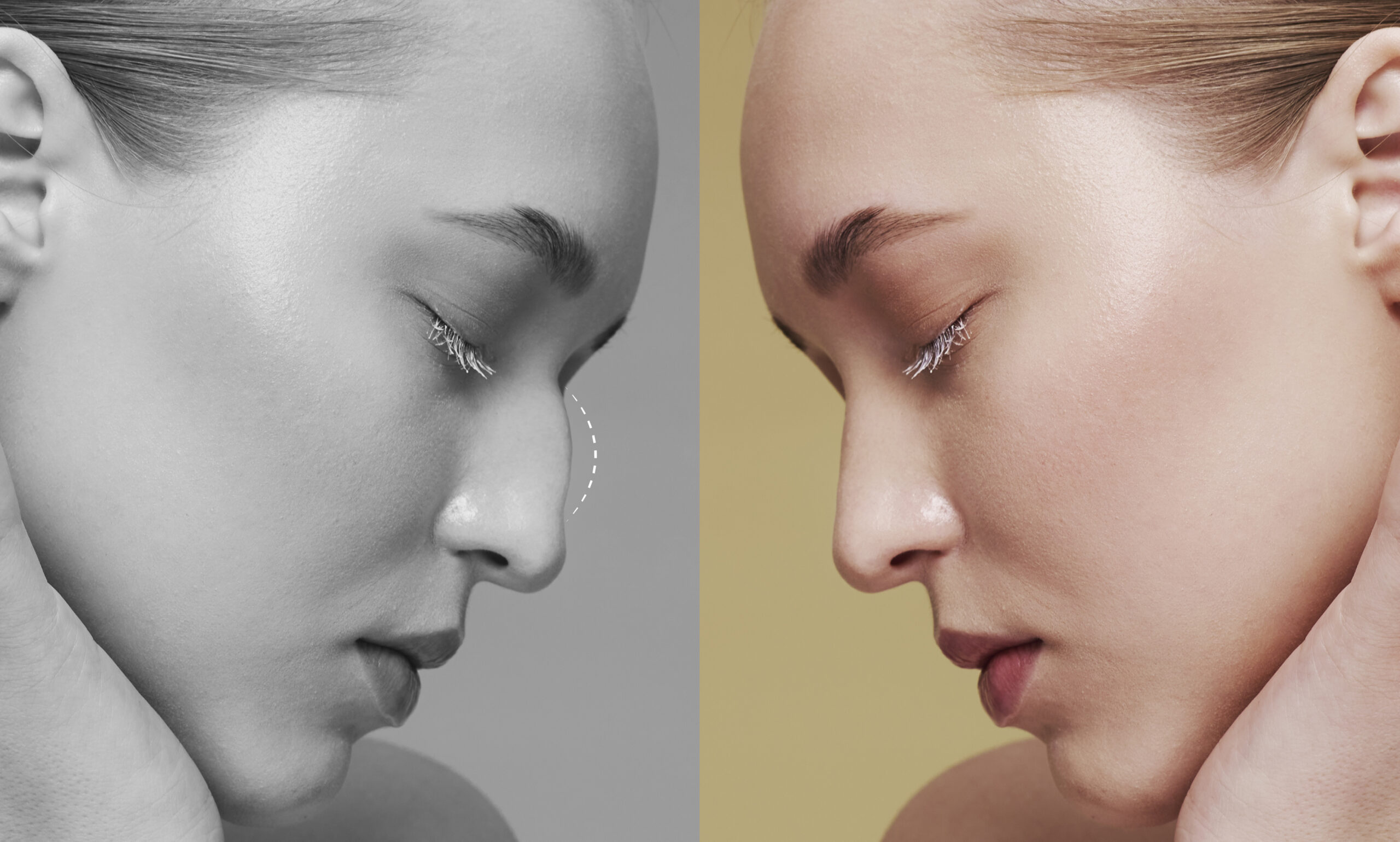
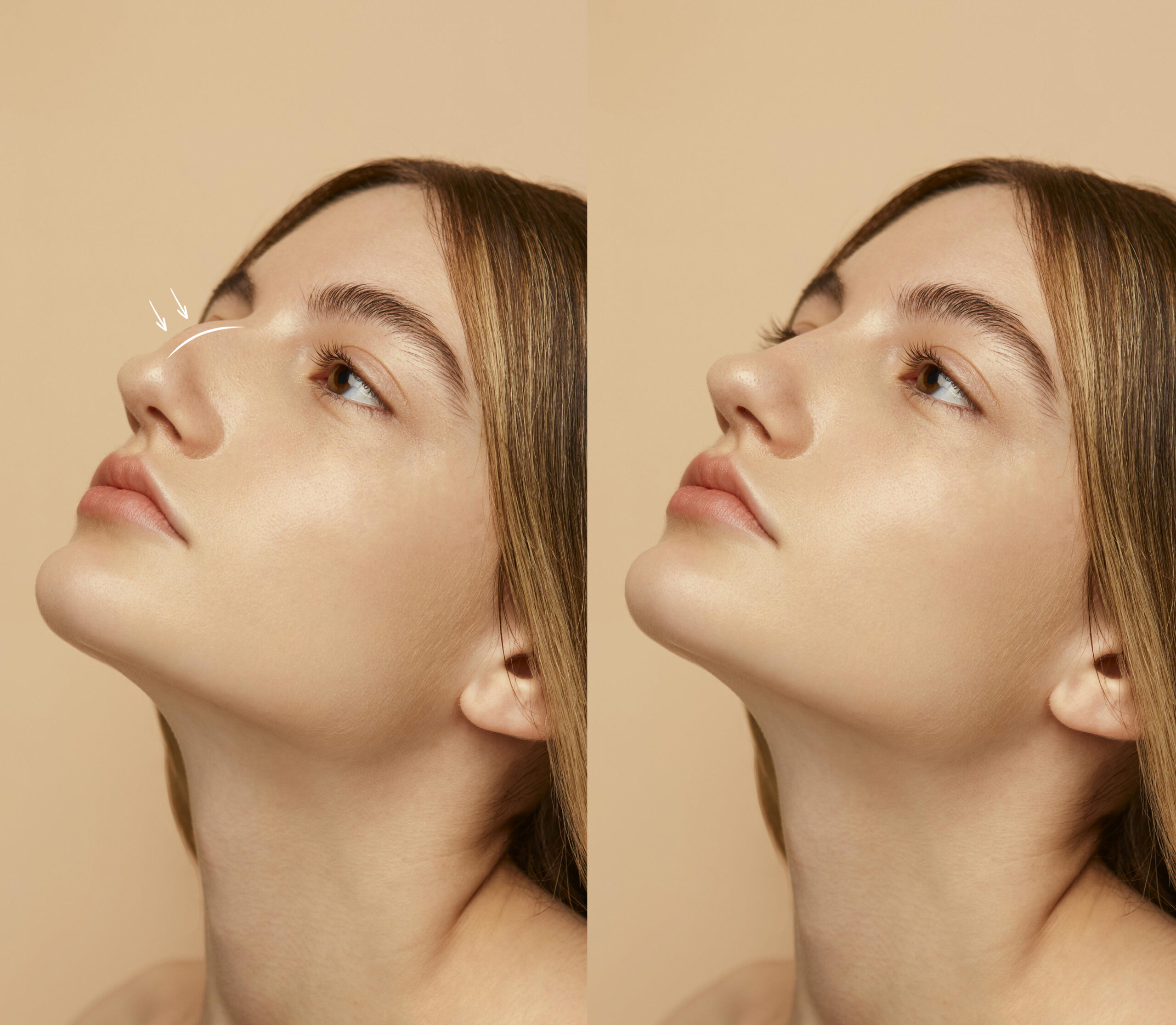
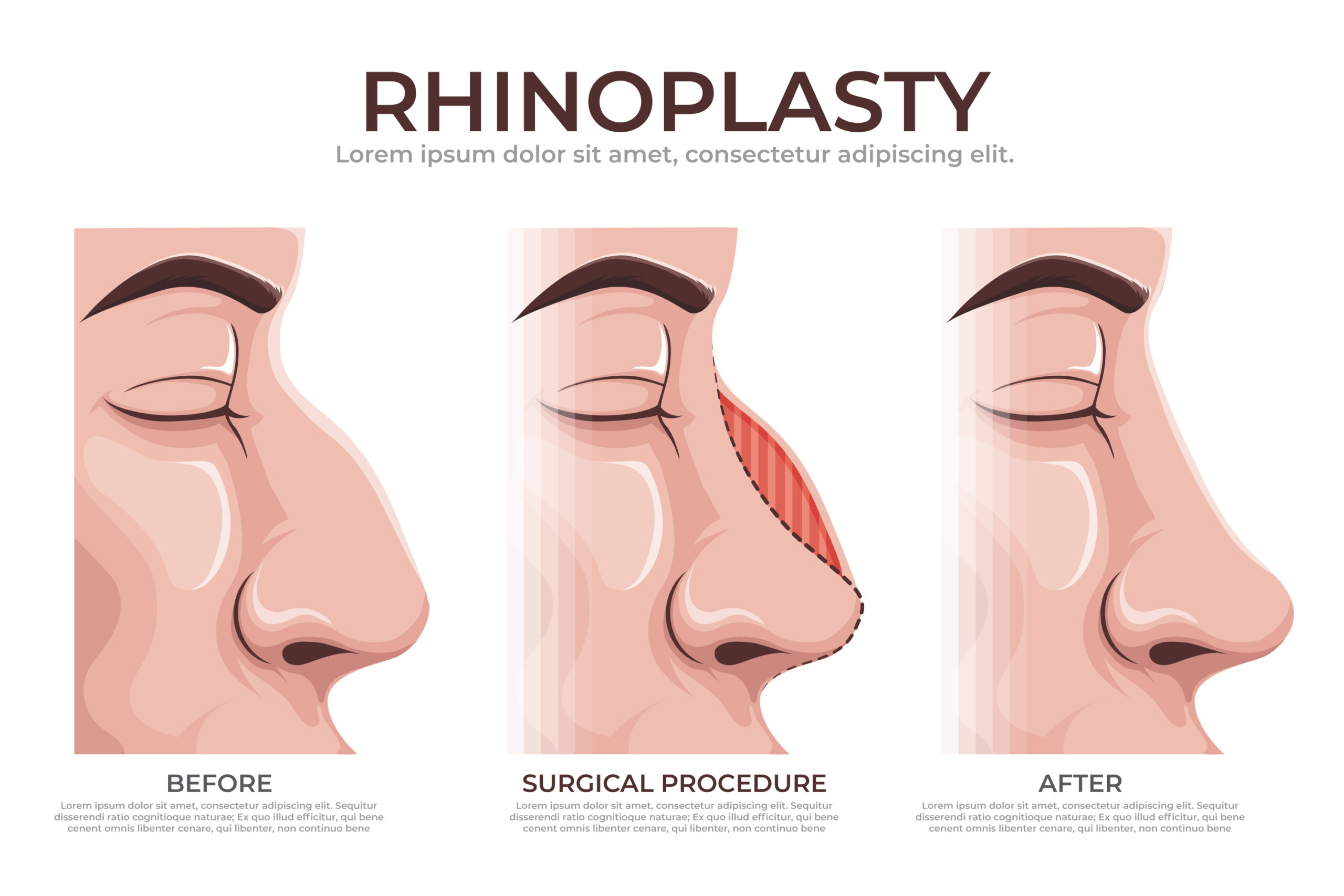
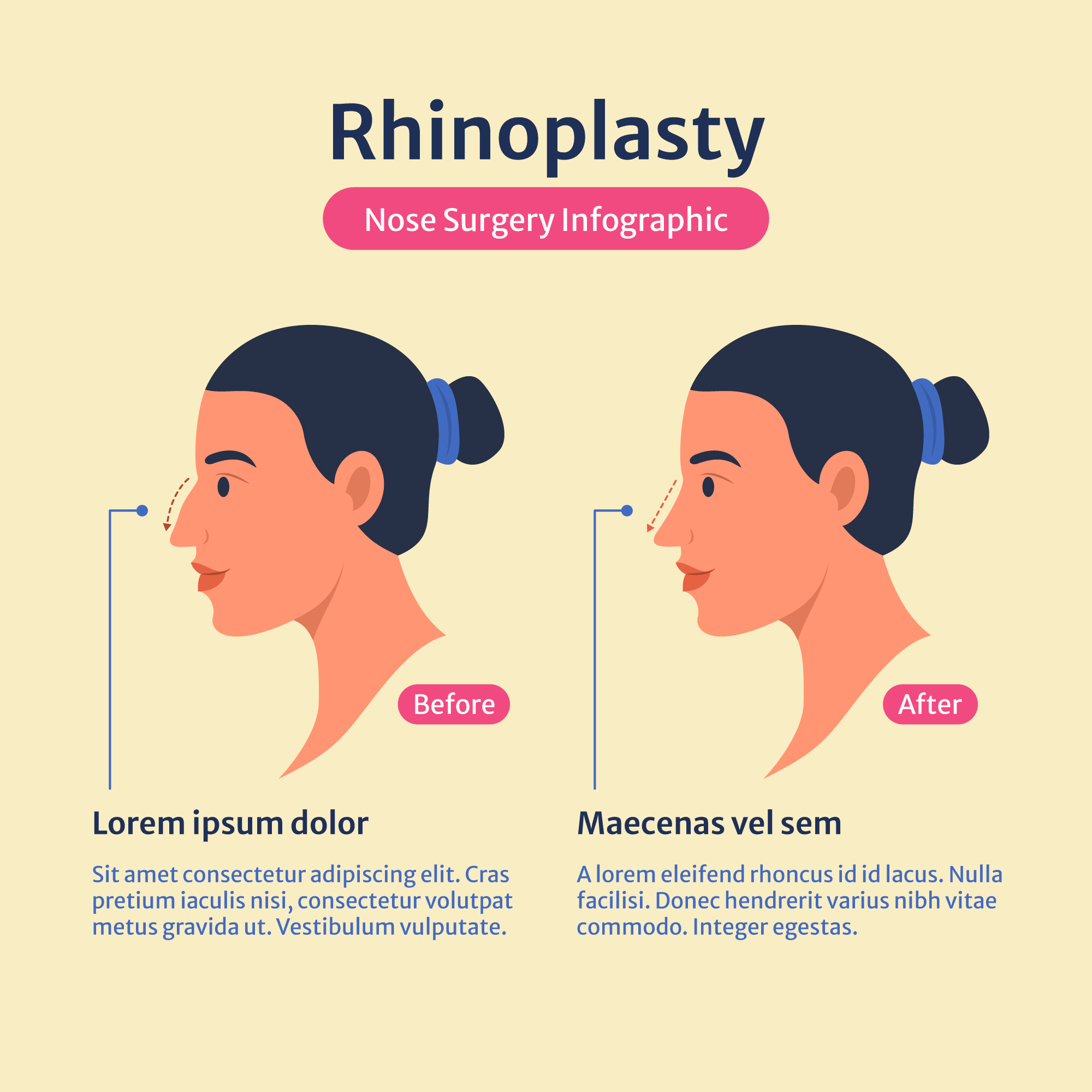
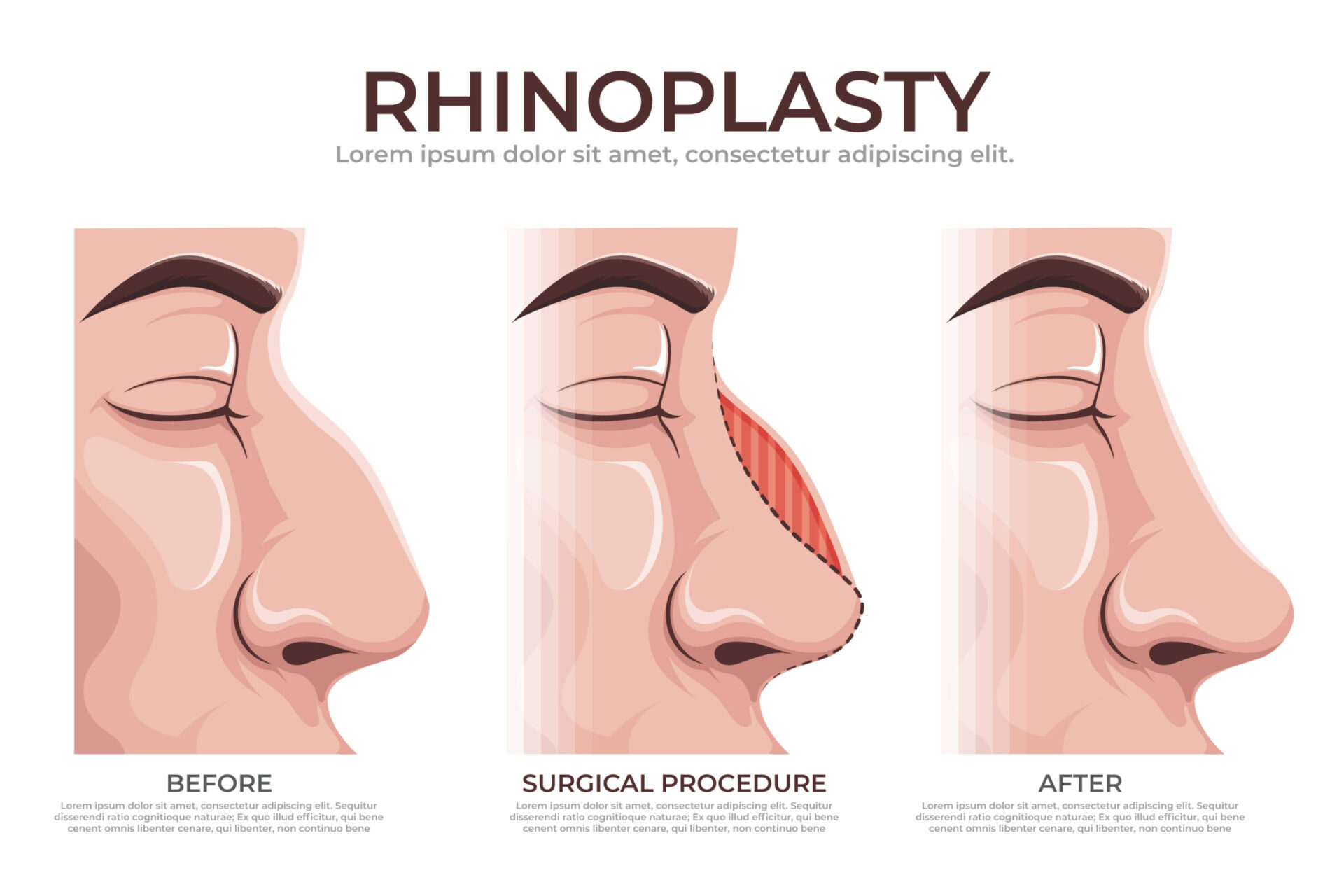
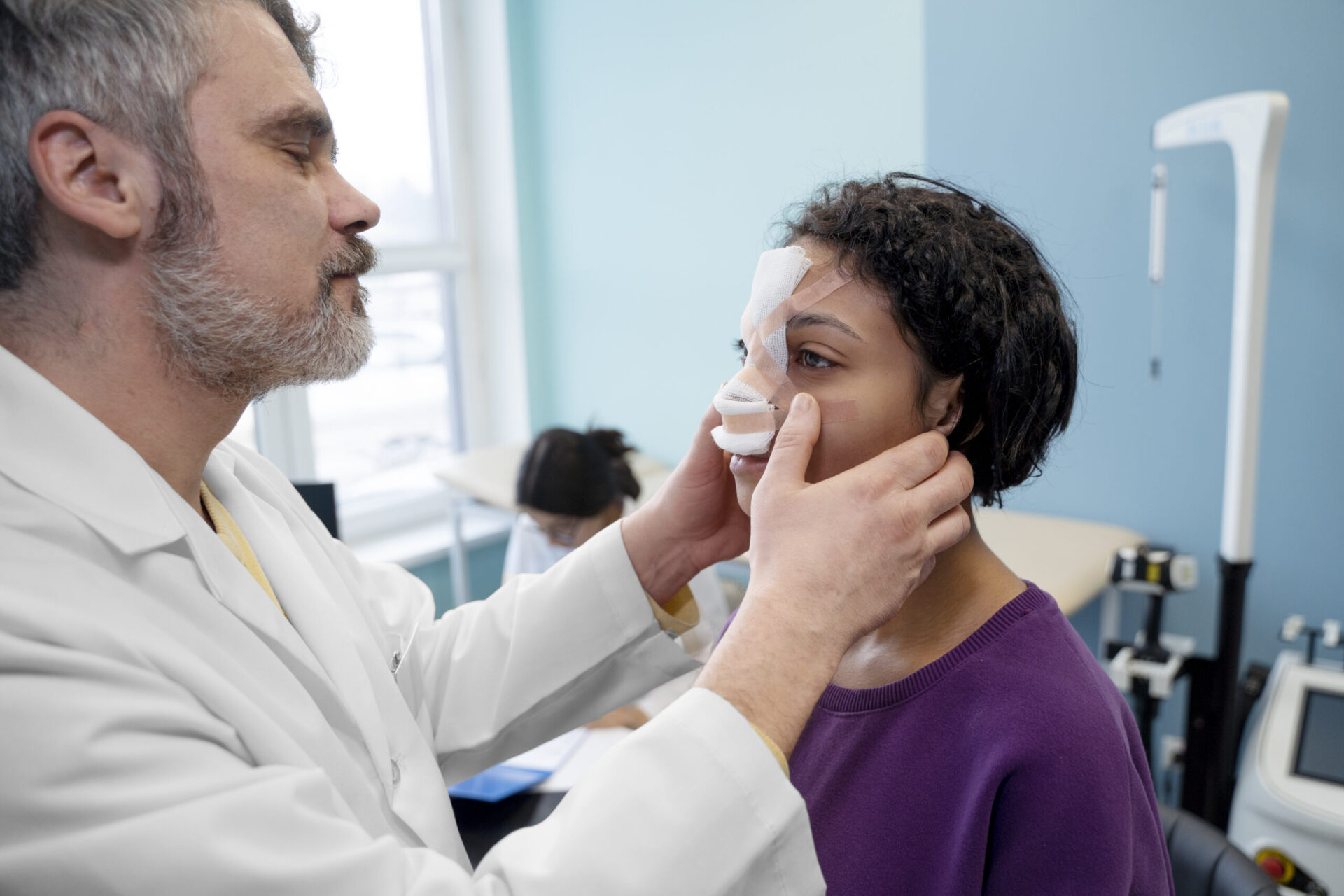
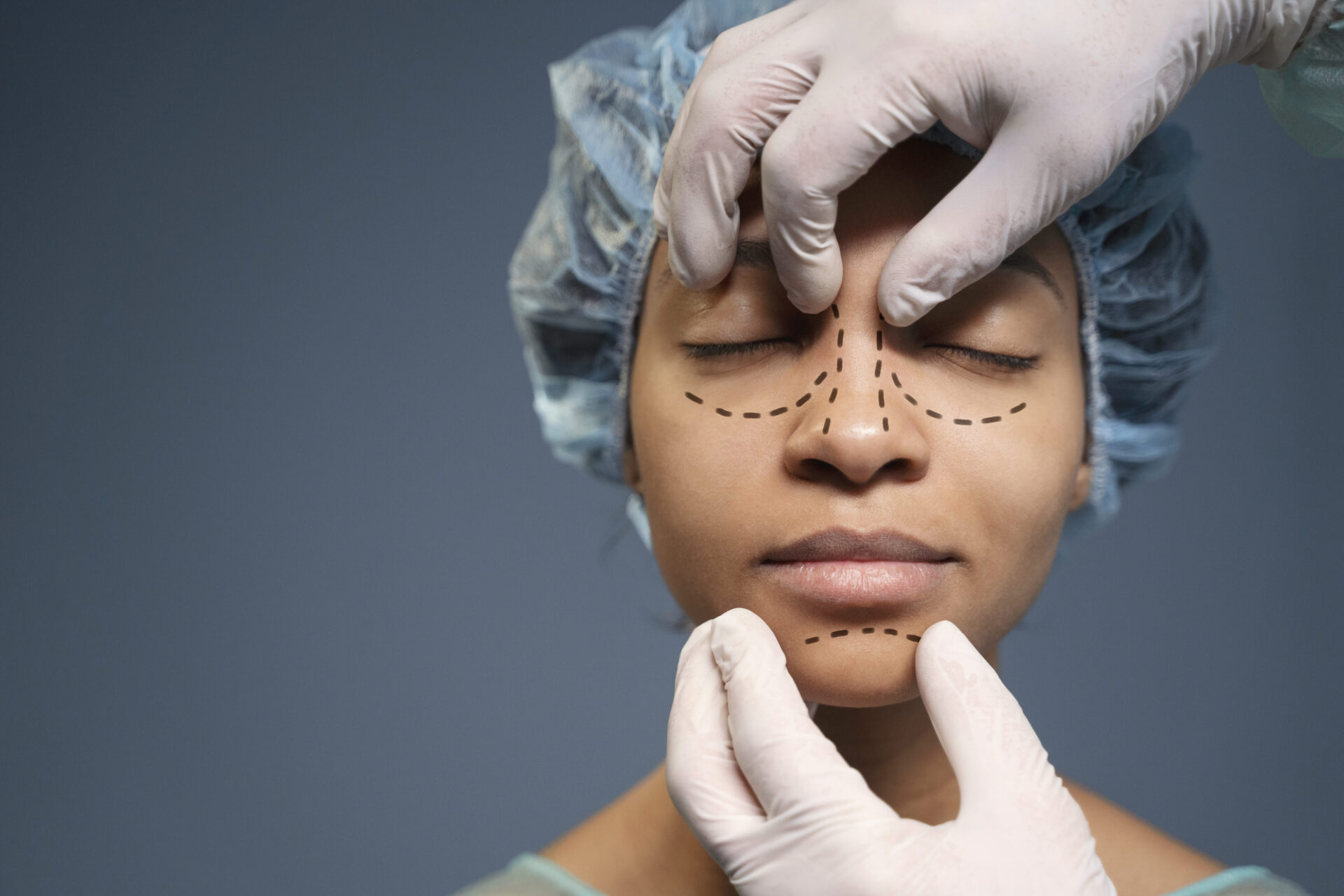
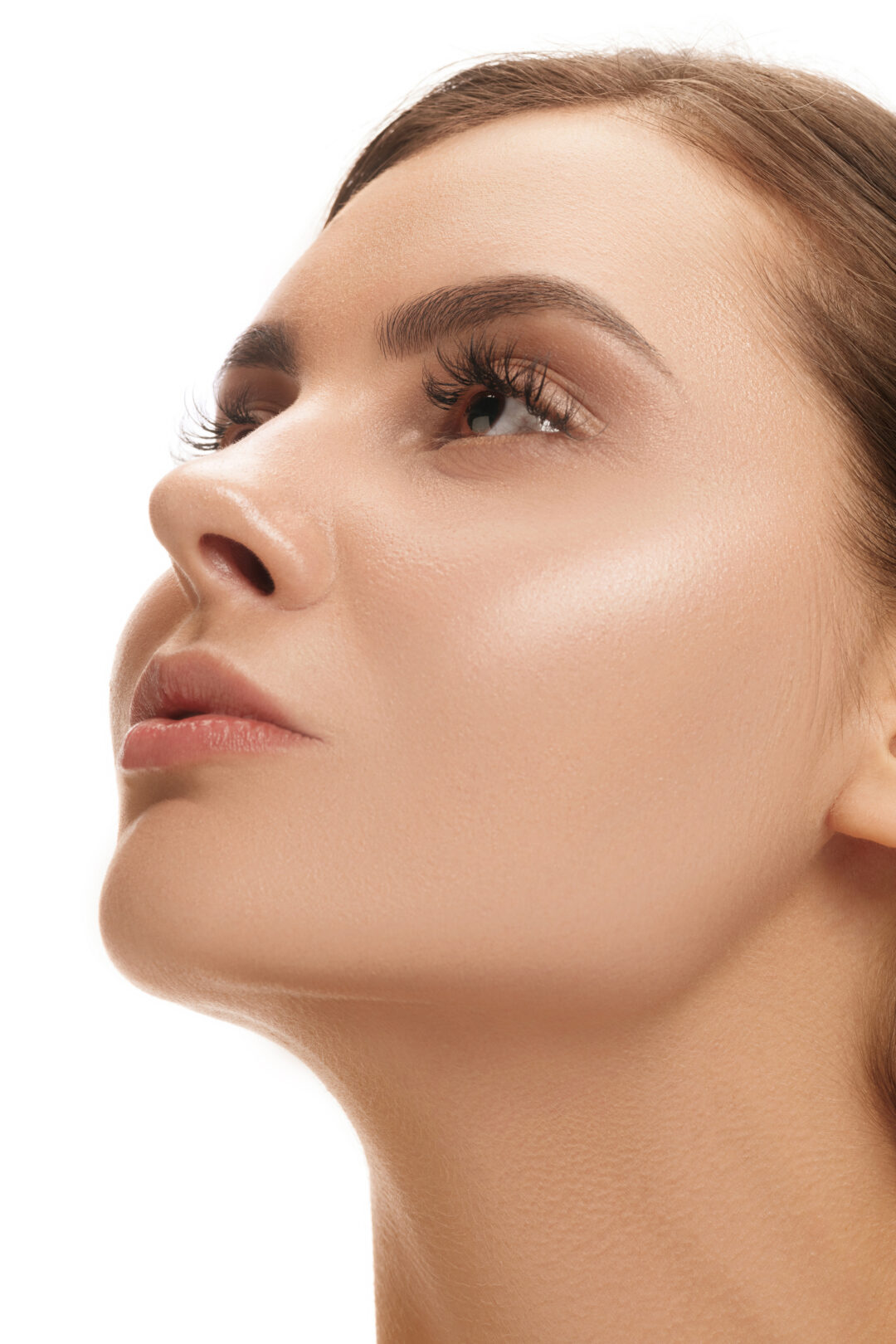
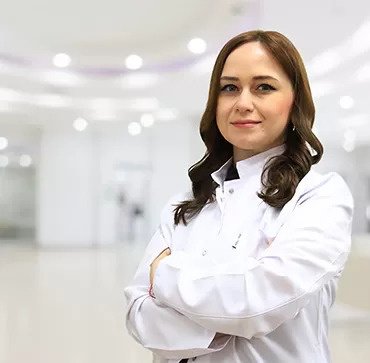

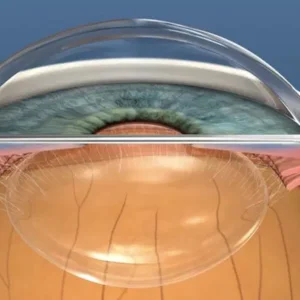
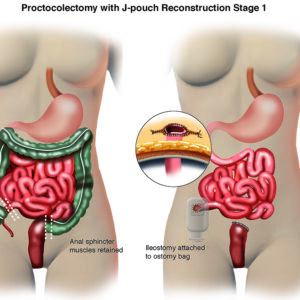
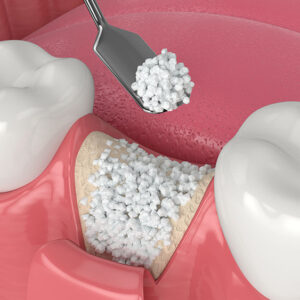
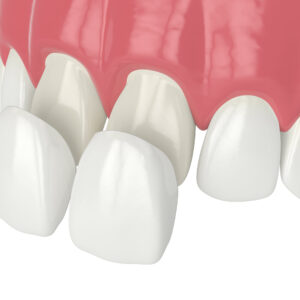
Reviews
There are no reviews yet.